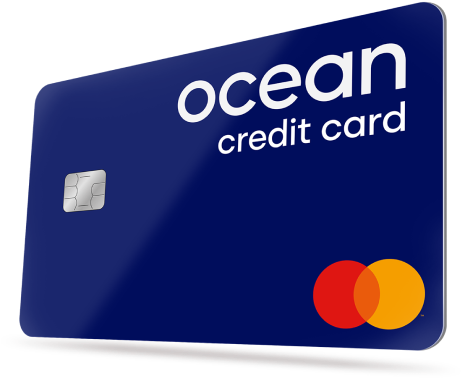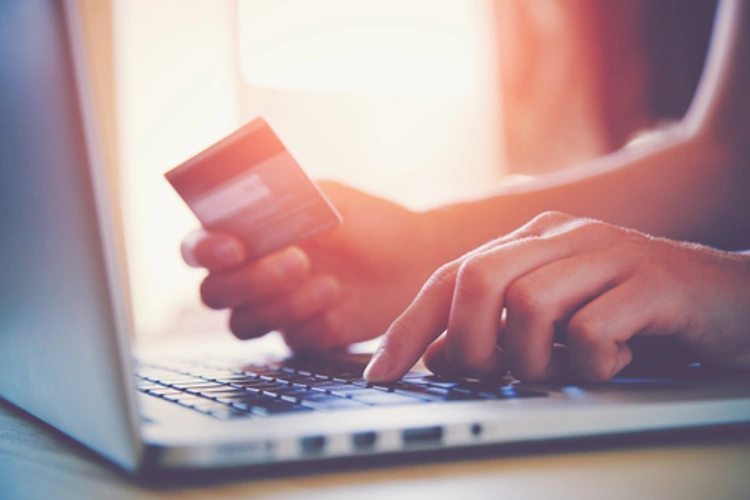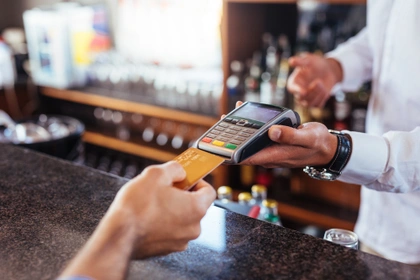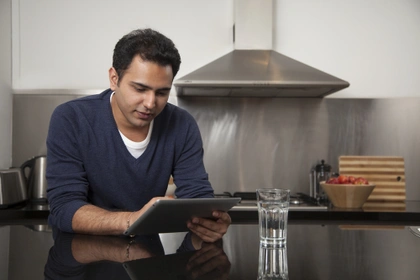What can I pay for with a credit card?
Credit cards can cover most things, from everyday expenses to bigger purchases. Common uses include:
-
Shopping – groceries, clothes, electronics, or gifts
-
Bills – like broadband, electricity, or phone charges
-
Subscriptions – streaming services, gym memberships, or magazines
-
Travel – booking flights, hotels, or paying for public transport
-
Big-ticket items – like furniture, home appliances, or tech
However, there are a few exceptions. Credit cards generally can’t be used for:
-
Most mortgage payments
-
Gambling transactions
-
Buying stocks and shares
-
Anything that’s illegal
Can you pay an invoice on a credit card?
Yes, in many cases you can pay an invoice with a credit card—but it depends on whether the business or service provider accepts card payments.
-
Businesses and freelancers: Some suppliers, especially smaller businesses or self-employed professionals, may not accept credit cards to avoid processing fees. Always check first.
-
Third-party services: If the supplier doesn’t accept credit card payments directly, you can use third-party platforms like PayPal or specialised invoice payment services (such as Plastiq) that allow you to pay with your credit card. These platforms may charge a fee.
When shouldn’t you use your credit card?
While credit cards can be used for a wide range of things, they’re not always the best option. Here’s when you might want to think twice:
- If you’re stretching your finances too thin. Just because you have access to a credit limit doesn’t mean you have to spend it all. If you can’t comfortably afford to repay what you borrow—either now or in the near future—consider holding off. Any balance left unpaid by your due date will start gathering interest, which can quickly add up.
- If there’s an extra fee for credit card payments. Some companies, like certain utility providers, might charge a processing fee if you pay by credit card. Always check first to see if it’s worth the added cost.
- If it encourages unnecessary spending. Credit cards can feel like “free money” because the payment doesn’t come straight out of your account. But it’s still borrowed money that you’ll need to repay later, so it’s important to stick to your budget.
Top tips: what to buy with your credit card
1. Supermarket shopping
Using your credit card for regular expenses like your weekly food shop can actually work in your favour.
-
Many credit cards offer rewards, such as cashback, loyalty points, or Air Miles, so you get something back just for spending.
-
Because supermarket trips are predictable and manageable, they’re also a great way to show you can handle borrowing responsibly. This will help build your credit score.
By making at least your minimum monthly payments, you’ll also be building your credit score over time.
2. Household bills
Your regular household bills—like broadband, gas, electricity, or phone charges—can be paid with a credit card. Since you have to pay for these anyway, why not earn a little extra in rewards at the same time?
To avoid missing payments, consider setting up a Direct Debit from your bank account. That way, the bill is automatically paid off on your credit card each month.
And don’t forget those smaller, subscription-based expenses like Netflix, Spotify, or gym memberships—they count as bills, too!
Ocean Credit Card
See if it's a YES before you apply
- Up to £8,000 credit limit
- Checking won't affect your credit score
- Get a response in 60 seconds
Intelligent Lending Ltd (credit broker). Capital One is the exclusive lender.

3. Holiday deposits
Dreaming of a holiday but can’t afford the upfront deposit? Your credit card can help you secure your trip right away.
-
You can spread the cost across a few months if needed, instead of paying in one lump sum.
-
Using a credit card also provides extra protection if anything goes wrong.
But remember: If you don’t pay off the balance in full before your due date, you’ll be charged interest, which could make your holiday more expensive in the long run.
4. Fuel and travel costs
Fuel is another regular cost that’s ideal for credit card payments. Whether it’s petrol or diesel, paying with your card can be a good way to manage spending while also earning rewards or cashback.
If you don’t drive, you can still use your credit card for public transport costs, like bus or train tickets.
5. Big-ticket items
For larger purchases, credit cards offer more than just convenience—they provide valuable consumer protection under Section 75 of the Consumer Credit Act.
If you buy something that costs between £100 and £30,000 and something goes wrong—such as the item being faulty or the company going bust—you can claim your money back through the credit card provider.
This can apply to items like:
-
Electronics e.g., laptops, TVs, phones
-
Furniture
-
Home appliances
-
Holidays
So, if you’re making a big purchase, consider putting it on your credit card for peace of mind. Just make sure you’re confident about repaying it to avoid interest charges.
Staying in control of your credit card spending
While credit cards can be incredibly useful, they’re only beneficial if you manage them responsibly. To stay on track:
-
Work out a monthly budget so you know what you can afford to repay.
-
Avoid maxing out your credit limit. Try to stay well within your available credit (ideally keeping your credit utilisation below 30%) to show lenders you’re reliable.
-
Pay your balance in full each month to avoid interest charges.
By keeping on top of repayments and spending only what you can afford, you can enjoy the perks of using your credit card without the risks.
Disclaimer: We make every effort to ensure content is correct when published. Information on this website doesn't constitute financial advice, and we aren't responsible for the content of any external sites.






